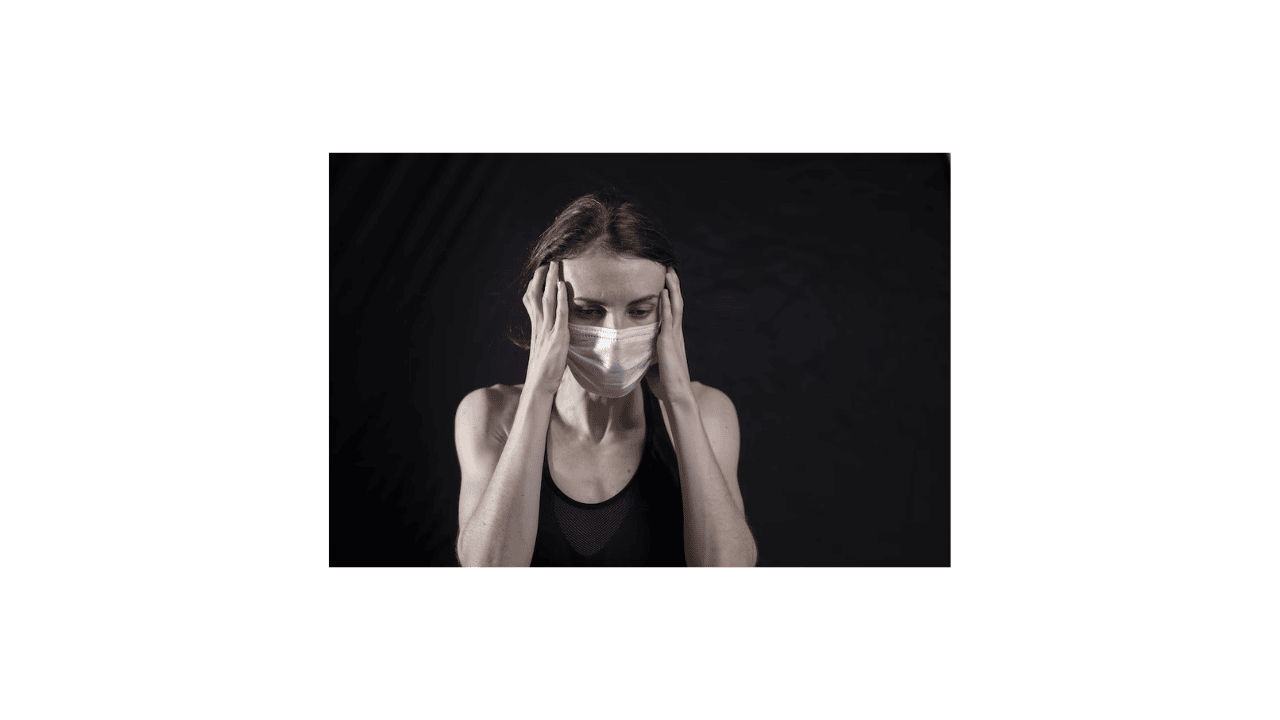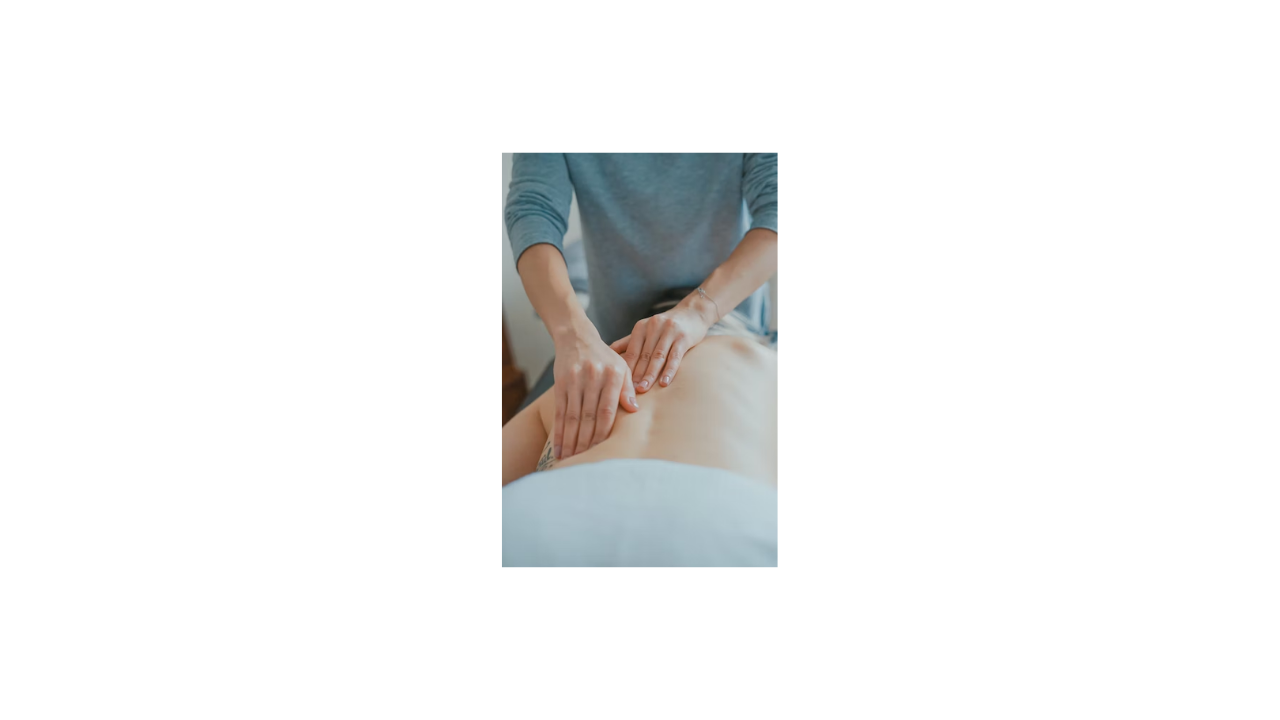Introduction
Dealing with different body pains that can get in the way of accomplishing your daily activities can be debilitating.
Most of us resort to pain medications to get instant relief; however, some of these drugs can have severe adverse effects with frequent or prolonged use.
Have you heard about eliminating pain without purely relying on any kind drugs we can get over the counter? Nowadays, you can count on drug free pain relief devices that help make alleviating pains handy.
According to health experts, these pain relief devices are ideal solutions for easing different body pains in a more effective and safer approach.
Find out more about them in the post below.

Natural Pain Relief
Besides taking prescribed pain medications that generally come with possible risks with misuse and extended use, many people find relief by using a variety of natural pain relievers.
A variety of spices and herbs are considered natural pain relievers and classified as alternative medicine, such as reiki, yoga, and acupuncture, to name a few.
While natural remedies can lessen inflammation and body pain more naturally, you need to be careful when taking them because they can sometimes intervene with other drugs you’re taking.
Similarly, many supplements are not extensively examined by an independent laboratory to guarantee safety and quality. Some of them haven’t been thoroughly studied in humans, particularly in terms of dosage.
Unlike doctor’s prescribed medicines, some supplements are not standardized by the TGA.
Thus, it’s safer to discuss with your doctor the chronic pain you’re suffering from before opting for natural remedies.
Cold Therapy
This treatment is ideal for the home care of different kinds of injuries, specifically those brought about by sports.
You can apply this therapy in different methods, such as coolant sprays, ice baths, ice packs, whirlpools, and ice massage.
What is Cold Therapy used to treat?
Cold therapy can provide relief for sprains, lower back pain, runner’s knee, arthritis pain, swelling or pain beneath a splint or cast, tendonitis, and swelling or pain after a knee or hip replacement.
Potential Adverse Effects
It’s not recommended for those with heart or cardiovascular disease; hence, doctor’s advice is necessary.
Applying this treatment too directly or for an extended period at once may lead to nerve, tissue, or skin damage.
Cold therapy may cause tingling sensation, numbness, irritation or redness in the skin, which are merely temporary.
NOTE: Call your doctor if these side effects don’t go away within 48 hours.
Heat Therapy
You can select from two distinct forms of heat therapy: moist heat and dry heat. The purpose of this treatment is to opt for “warm” as the recommended temperature to soothe and alleviate pain and discomfort.
It is also administered professionally, specifically in ultrasounds, providing relief for tendonitis.
What is Heat Therapy used to treat?
This therapy is used to heal damaged tissues, soothes any discomfort, promotes muscle flexibility, and enhances blood circulation and blood flow to injured body parts.
Potential Adverse Effects
Using heat therapy in a single local area is not recommended, as it may cause skin irritation and damage.
Extremely hot temperature can cause skin burns.
Avoid this treatment if you have an infection, as it’s likelier to heighten the hazard of infection spread.
NOTE: Before starting this treatment, consult your doctor, particularly if you have hypertension, heart disease, or are pregnant.
Physical Therapy
Also called physiotherapy, this non-surgical treatment is a constituent of rehabilitation to improve mobility, build strength, and promote fitness.
You can use it after suffering from an injury for a short time. Meanwhile, it’s also ideal for managing serious illnesses like stroke, traumatic injury cases, or when regaining your functioning and independence after an illness or accident.
What is Physical Therapy used to treat?
Physical therapy is used to improve your ability, movement, and balance, prevent the need for surgery and alleviate pain. It’s also helpful for averting, recovering and rehab after surgery, stroke, injury, and accident.
You can resort to PT to control your bladder or bowels, manage different chronic diseases, adapt to an artificial limb, and recovery after childbirth.
This therapy is also beneficial when getting a brace or splint, and learning to utilize assistive devices, such as a cane or walker.
Potential Adverse Effects
The possible side effects of using PT are worsening of your current condition, increased heart rate, metabolism, and blood pressure.
You may also experience continuous pain, falling during PT exercises, resulting in damaged bones and fractures, particularly in premature babies.
Some may encounter no improvement in strength, movement, and muscle flexibility.
NOTE: Find a physical therapist you’re comfortable with. He/she should intently listen to your questions and condition, and clearly explain the exercises and treatment plan in an easy-to-understand approach.

Chiropractic
Chiropractic treatment may help if you’re suffering from muscle pain and painful joints that already affect your daily work and activities.
These pain and discomfort may be caused by sports injuries, work, and the daily stress in life, accidents, and tiresome household chores.
What is Chiropractic used to treat?
Chiropractic treatment can help treat whiplash, neck and back pain, overuse injuries, headache, sprains and strains, and arthritis.
You can also opt for this treatment if you have sports or work-related injuries, and limited mobility in the limb, shoulders, back, and neck.
Potential Adverse Effects
After chiropractic procedure, some may encounter less severe adverse effects for a few days, such as exhaustion or pain in the treated body parts and headaches.
NOTE: Not all patients respond well to chiropractic treatments. It might not be the suitable treatment for you if you don’t notice any improvement after several weeks.
Acupuncture
This traditional Chinese treatment technique involves the insertion of thin needles through the skin, particularly on the strategic body areas. It aims to treat pain, manage stress, and promote overall wellness.
The main goal of this treatment is to re-balance energy flow in the body.
What is Acupuncture used to treat?
This technique intends to alleviate discomfort linked with various medical conditions and diseases, such as labor pain, Fibromyalgia, and post-operative and chemotherapy-induced vomiting and nausea.
Acupuncture also relieves lower back and neck pain, menstrual cramps, dental pain, osteoarthritis, tennis elbow, headaches and migraine, and respiratory diseases.
Potential Adverse Effects
The possible risks associated to acupuncture are low and are likelier to happen only if you have an incompetent and not certified acupuncturist. The typical adverse effects may include minor bruising and bleeding, and soreness.
NOTE: Inform your acupuncturist if you’re pregnant, have a pacemaker and bleeding disorder before starting the procedure.
Breathing Techniques
Breathing techniques significantly influence psychological and physiological factors that are effective in managing insomnia, anxiety, and stress.
Since they are easy and safe to use, breathing techniques are often practiced and recommended to bring relief and relaxation.
What are Breathing Techniques used to treat?
Breathing techniques are practiced and recommended to alleviate anxiety, stress, and sleeping disorders. Best of all, they are used as support treatment for people with lung conditions.
Some of the techniques used are effective in providing instant relief.
Potential Adverse Effects
While breathing exercises are relatively safe, people with some medical concerns may encounter the possible side effects of this technique, such as seizures, increased distress, clouded vision, and psychosis.
Indeed, you may also experience muscle spasms, ringing in the ears, dizziness, and irregular or racing heartbeat, tingling of extremities, and chest pain.
NOTE: Breathing techniques are not meant to replace medical treatment and they work effectively with other forms of treatments.

Exercises / Meditation
Meditation gives you the opportunity to unplug from the physical and mental exhaustion and stress of daily living, connecting you to your inner self. Moreover, doing regular exercises helps keep you fit, active and healthy.
Exercising and meditation are interconnected because they help you fight stress and anxiety; therefore, promoting healthier lifestyle, inner peace, and clear thoughts.
What is Meditation or Exercises used to treat?
Exercise and meditation are used to burn calories and keep the ideal weight, have clearer perspectives on life, become stress-free, improve sleep, make bones and muscles healthy and strong, and avoid various illnesses.
Potential Adverse Effects
Exercising or intense workout without certified fitness instructor and know-how, and lack of workout plan may result in acquiring injuries and becoming prone to accidents.
NOTE: It’s best to consult your doctor first if you have an underlying medical condition before going to the gym.
TENS Machine
TENS or Transcutaneous Electrical Nerve Stimulation is a type of pain relief that doesn’t require the intake of medicine.
Meanwhile, a TENS machine is commonly used in therapeutic and clinical settings. Since it’s regarded as a home remedy device, you can purchase it over the counter.
For a TENS device to work, the two electrodes are stuck to the skin and linked to a battery-operated machine, transmitting tiny pulses of electrical current to the patient’s body.
You can regulate the amount of electricity transmitted to the body and usually encounter tingling sensations in your skin.
What is TENS Machine used to treat?
TENS therapy is excellent for various chronic and acute pain conditions, such as neck and low back pain, labor-related pain, bursitis, post-surgical pain, and tendonitis.
It’s also used to offer relief from chronic pelvic pain, arthritis and joint pain, Fibromyalgia, Diabetic neuropathy, and sport injuries.
Potential Adverse Effects
During TENS treatment, you may feel some form of discomfort. The electrical impulses typically bring about prickling, buzzing, or tingling sensation.
Final Thoughts
Coping with chronic pain and illness is a severe challenge regardless of the cause. It’s delightful to know that besides taking medicines prescribed by doctors, there are safe and drug-free pain relief devices that you can resort to.
Thanks to the advancement in science, medicine, and technology, finding relief to different body discomfort and ailments becomes handy.
REFERENCES:
https://www.pinnaclepainaz.com/blog/these-7-new-techniques-offer-drug-free-pain-relief
https://www.cnet.com/health/medical/chronic-pain-relief-without-drugs-8-products-to-try/
https://www.healthline.com/health/pain-relief/surprising-natural-pain-killers#Natural-pain-relief
https://www.patientslikeme.com/treatment/physical-therapy
https://www.healthgrades.com/right-care/physical-therapy/physical-therapy
https://www.betterhealth.vic.gov.au/health/conditionsandtreatments/chiropractic
https://www.othership.us/resources/breathwork-side-effects
https://www.scientificamerican.com/article/proper-breathing-brings-better-health/
https://www.pregnancybirthbaby.org.au/tens

